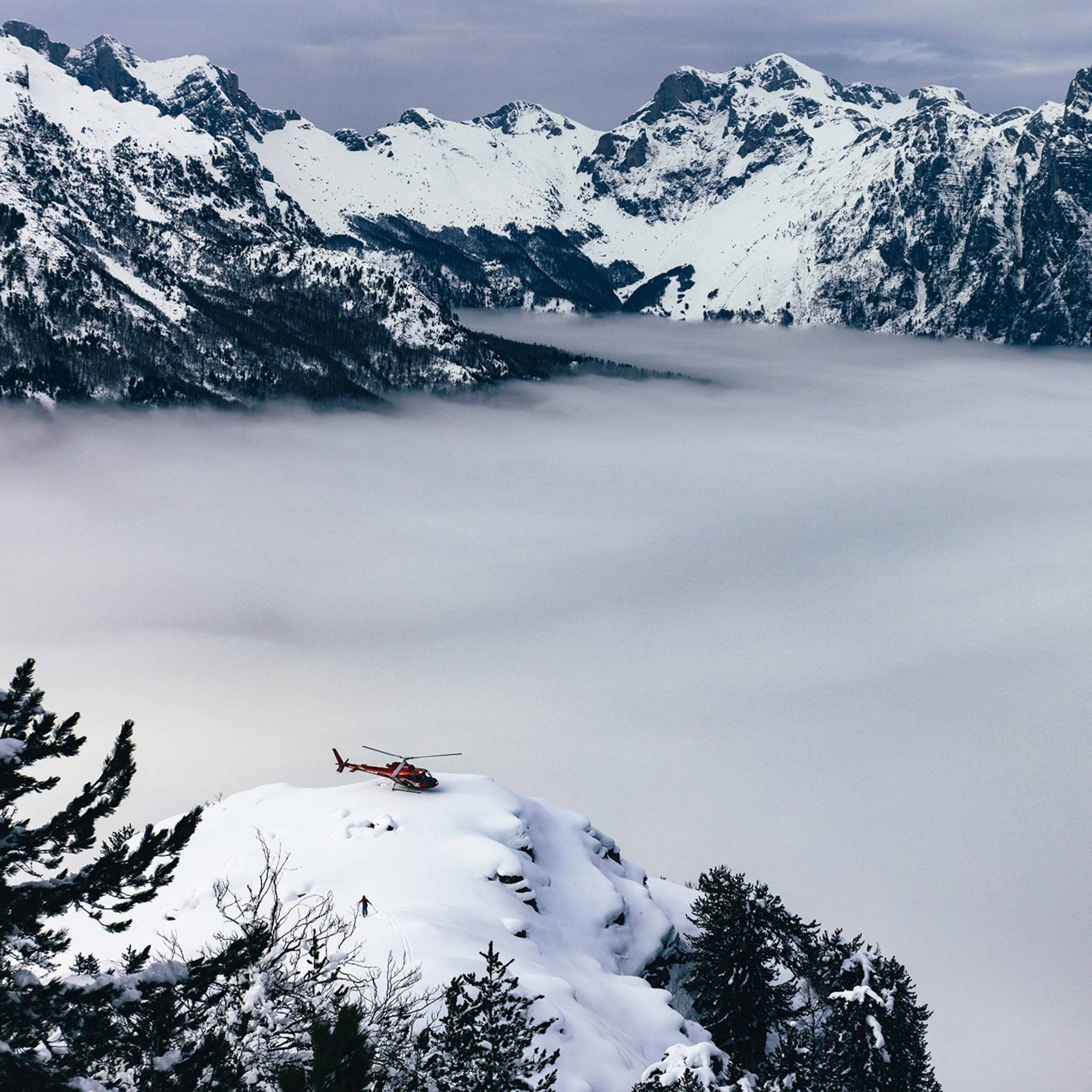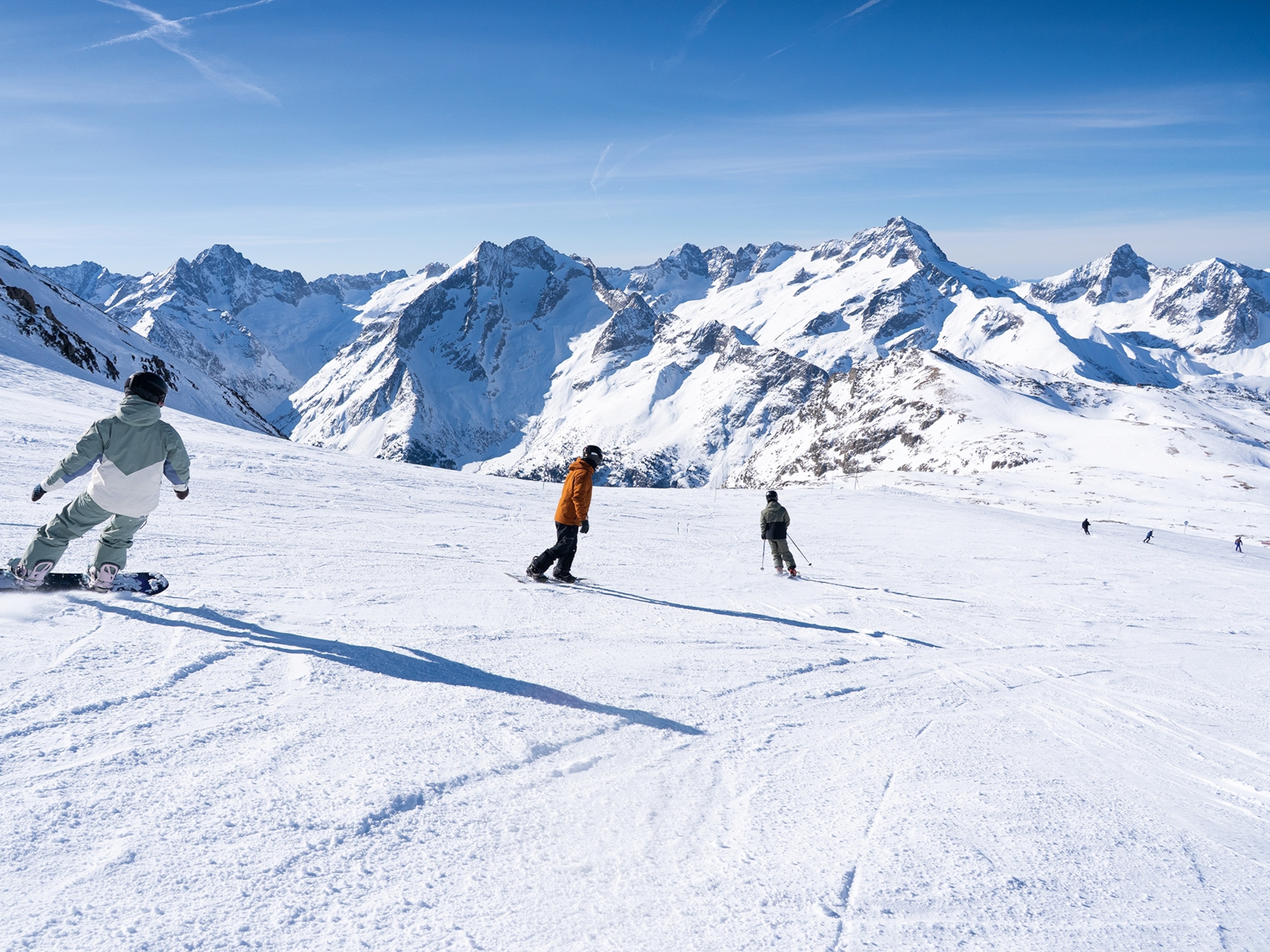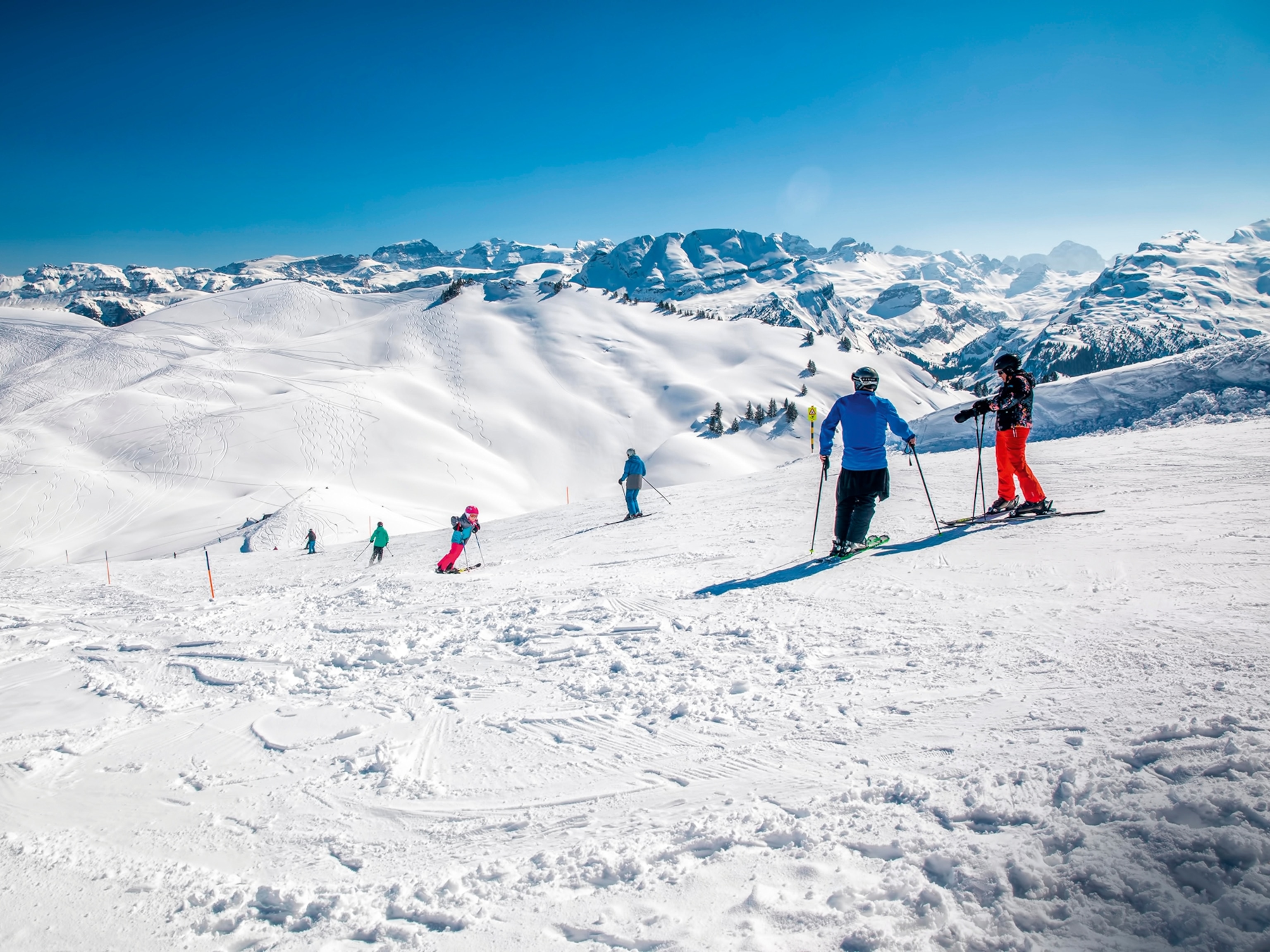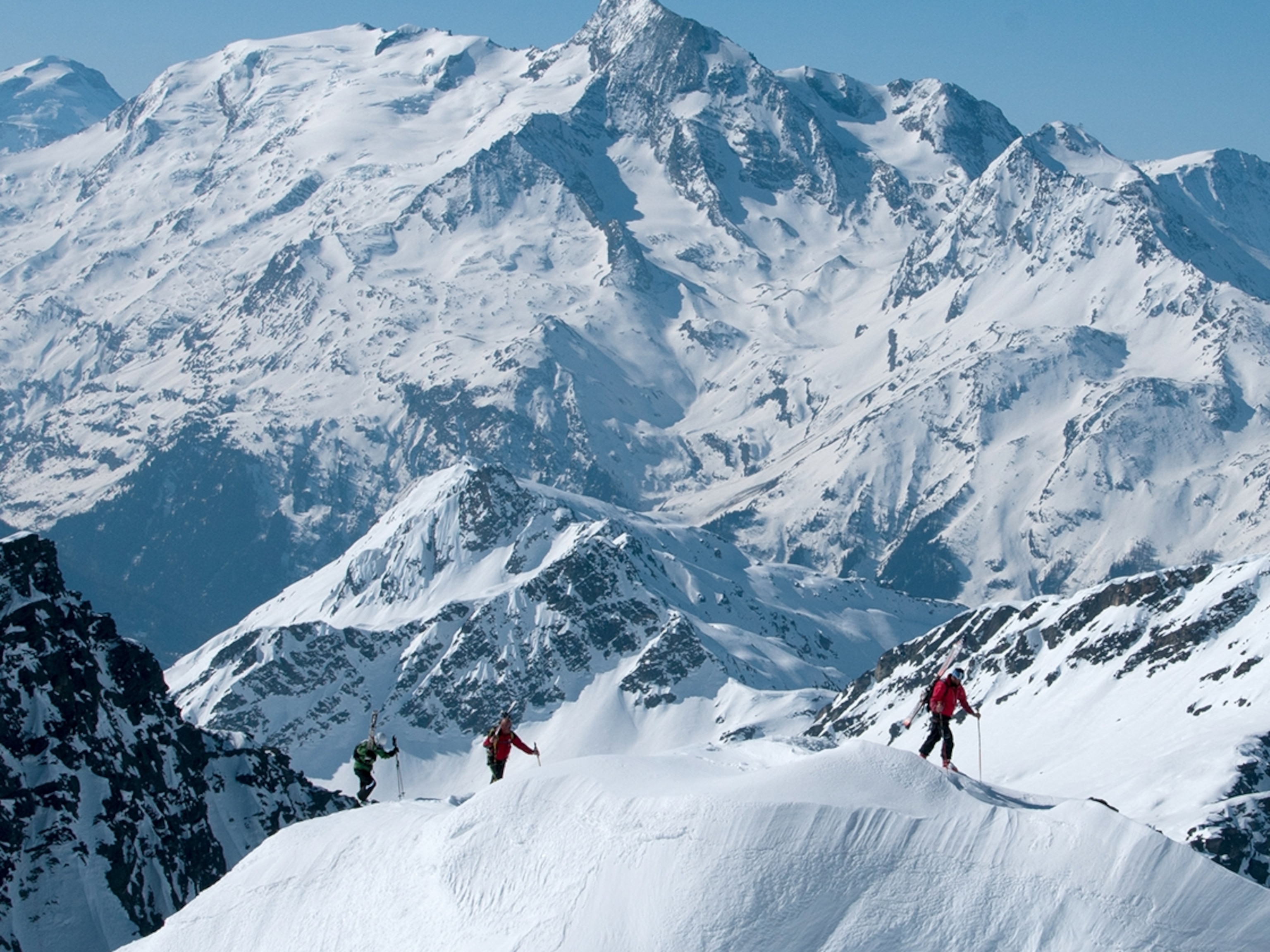These mountain resorts are working towards more sustainable skiing—here’s how
With Northern Hemisphere mountain towns getting ready to open their slopes for the winter season, we shine a light on resorts that are cutting their carbon footprint with innovations in transport and ski kit.
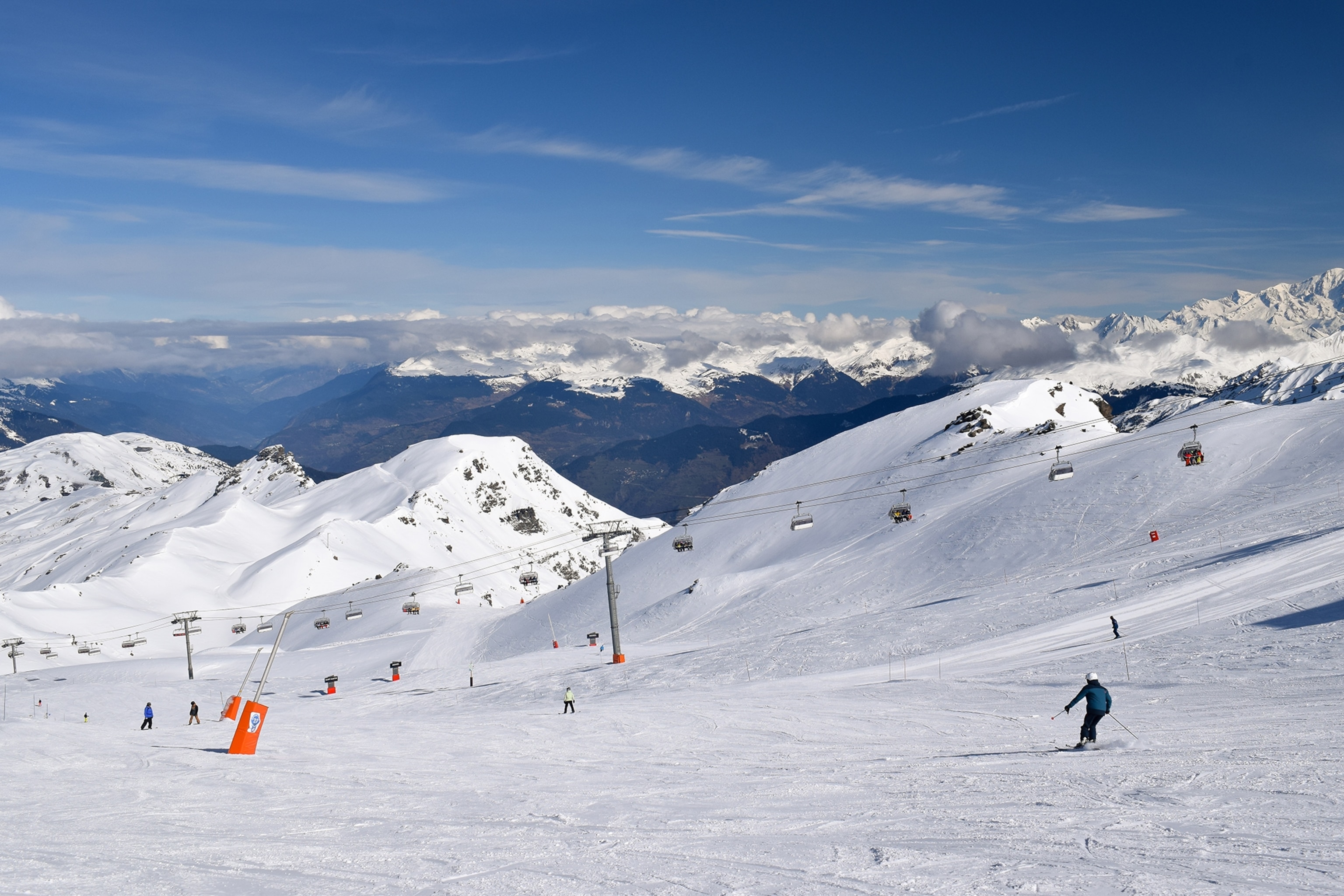
With winters getting less predictable in mountains worldwide, ski resorts are looking to future-proof their seasons. Many have thrown themselves into the business of cutting their carbon emissions, as well as making activities more sustainable in other ways. Meanwhile, we, the travelling public, can do a lot more than cheer them on. How we get to a ski resort has a massive impact on our trip’s carbon footprint — and if we fly and take taxis to get there the journey can account for 50-75% of our trip’s total CO2 emissions. So, the first step in mitigating this is to pick a resort that can be reached by train on an electrified rail network powered by low-carbon electricity, as is the case in Austria, Switzerland and France. Or fill an electric vehicle (EV) to capacity and drive there; especially if you recharge your battery using a low-carbon electricity provider. The cost, in carbon emissions, of all our ski gear is substantial, too; accounting for as much as 16% of your ski holiday’s carbon footprint, if it's brand-new. Renting everything — including your ski clothing — will sharply reduce this figure.
So, for best practice, rent, ride the rails and choose resorts that are working towards offering a more sustainable ski experience, including our following selection.

Les Arcs, France
Half-way up the Tarentaise Valley, surrounded by some of the biggest resort names in skiing, Les Arcs is sitting pretty when it comes to low-carbon transport. Not only is it served by the railway station at Bourg St Maurice — the French Alpine hub, connected by direct services from Paris and from London via Lille — but guests can make the transfer up to village level on a funicular train, too. And all mainline rail users get a free ticket for that final leg of the journey. Meanwhile, the resort’s electricity is supplied by low-carbon energy company EDF, which relies heavily on nuclear and renewable power. And it’s also developing its own hydroelectric supply. By 2026, this should provide more than 13% of the lift company’s energy needs. The resort has declared a moratorium on new buildings, with refurbishment the current remit.
Berkshire East, USA
In the US, making skiing sustainable is a tougher job. Few resorts are connected to urban centres by train — and those in the Rocky Mountains are hundreds if not thousands of miles from some of their main markets and only feasibly accessed by plane. Then there’s the boom in sales of multi-resort season passes, which encourage holders to travel more widely. Even so, the industry here is making progress, and tiny Berkshire East in Massachusetts is leading the way. All the electricity for its lifts and mountain operations are now produced on site by wind and solar power. And it’s also only a couple of hours’ drive from Boston (if you avoid weekend traffic), so it’s a feasible target for skiers travelling from the city. EV rental is available in Massachusetts from major companies like Hertz and Sixt and from local hosts via car-sharing platforms including Turo. But plan your journey taking in charging points, via the EV charging maps on apps like Zap-Map or PlugShare.

Val d’Isère, France
Recently, the giant Compagnie des Alpes, which runs the ski areas in 12 French resorts, including Val d’Isère, calculated that its snow-grooming piste-bashers were responsible for nearly 80% of its carbon footprint, on account of the millions of litres of diesel they burn. So, in 2022-23 it switched its entire fleet to HVO, a fuel made primarily from waste fats, including cooking oil. At a stroke, it reduced those CO2 emissions by up to 90%. Val d’Isère, the swish ski resort at the top of the Tarentaise Valley, has been one of the beneficiaries of this. Other green credentials include a lift system run entirely on renewable energy and a rapidly expanding fleet of electric shuttle buses to whisk skiers to the main mountain hubs. Now all it needs is a greener link to the mainline railway station at Bourg St Maurice, a 40-minute drive down the valley.
Les Menuires, France
Set above the railway station at Moutiers, on the same line that serves Bourg St Maurice, Les Menuires has green transport credentials — once you get there. To reach the resort you’ll have to catch a bus or taxi rather than a funicular train for the final leg of the journey. Like Val d’Isère, it’s owned by the Compagnie des Alpes and powers its ski lifts with renewable energy and its piste-bashers with HVO, while Snowsat software allows precise piste-depth measurements, allowing the groomers to operate more efficiently. It’s estimated that this can save up to 8% in fuel and 15% in artificial snow production.
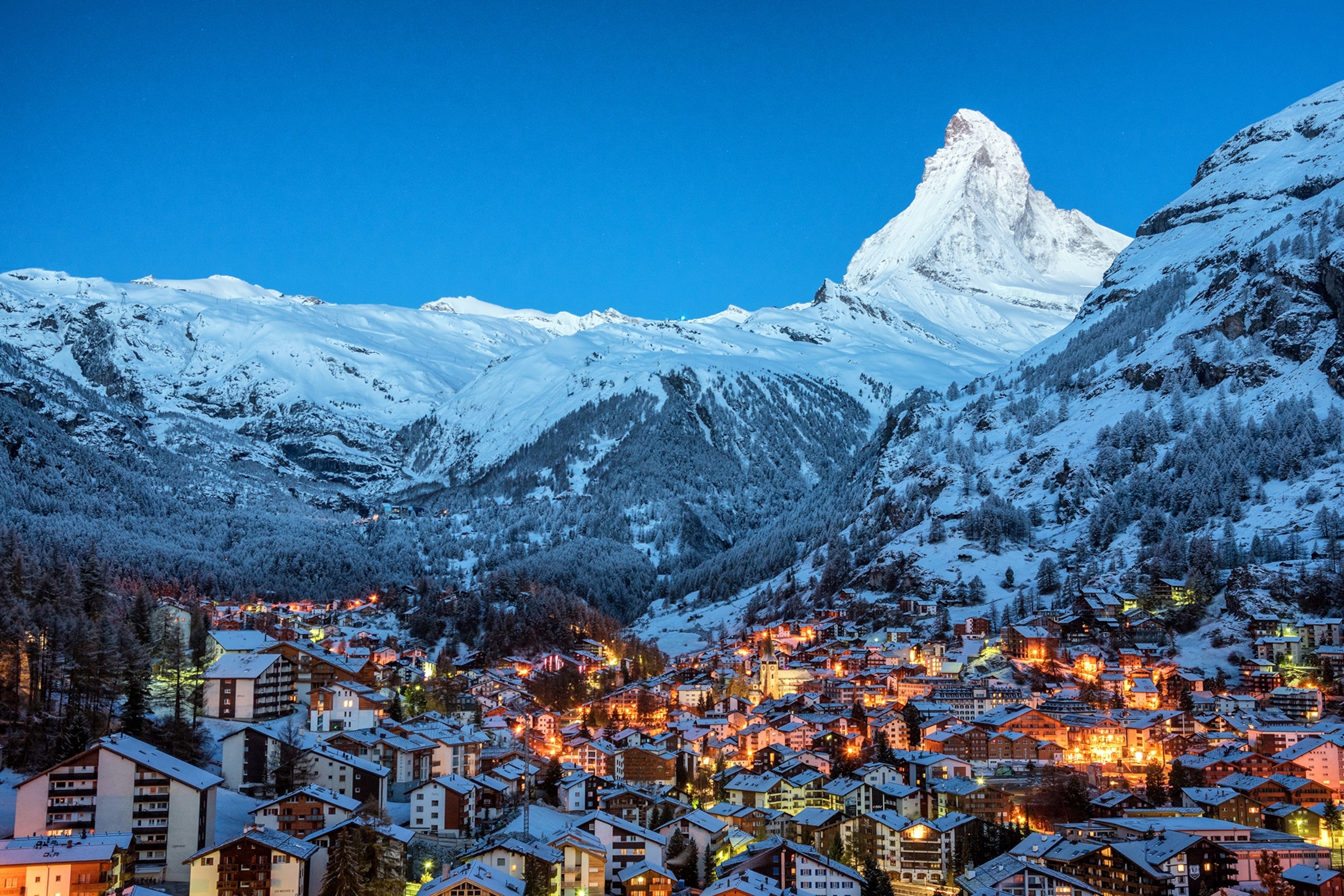
Zermatt, Switzerland
Few starts to a ski trip can match the jaw-dropping drama of the cog-railway journey to Zermatt. And as you grind up through the sheer-sided Matter Valley the knowledge that hydroelectricity is powering your journey adds to the thrill. The resort’s own cable-cars, railways and ski lifts run on the same low-carbon energy, while the car-free town is sure to deepen your green-skiing pleasure. Zermatt is making good use of solar power, too — not least because the eye-watering altitude of some of its installations make photovoltaic cells up to 80% more efficient. Set at 3,883m (12,576ft), the panels on the Matterhorn Glacier Paradise restaurant supply all of its heating, lighting and ventilation needs, year-round.
St Anton am Arlberg, Austria
There’s a mainline station right in the middle of St Anton am Arlberg, which connects to both Zurich and Innsbruck. And it’s served by a railway network that’s powered entirely by renewable energy. Add the growing number of EV charging stations to this picture, and you should find that low-carbon travel to this hard-skiing, hard-partying town is, in theory, a doddle. Once you’ve arrived, find local energy-efficiency projects have sharply reduced the resort’s own carbon footprint. Local hydro-electricity companies supply both the town and its lift system, while several of its hotels are warmed by a community biomass heating system, which burns local woodchips as well as using solar power.
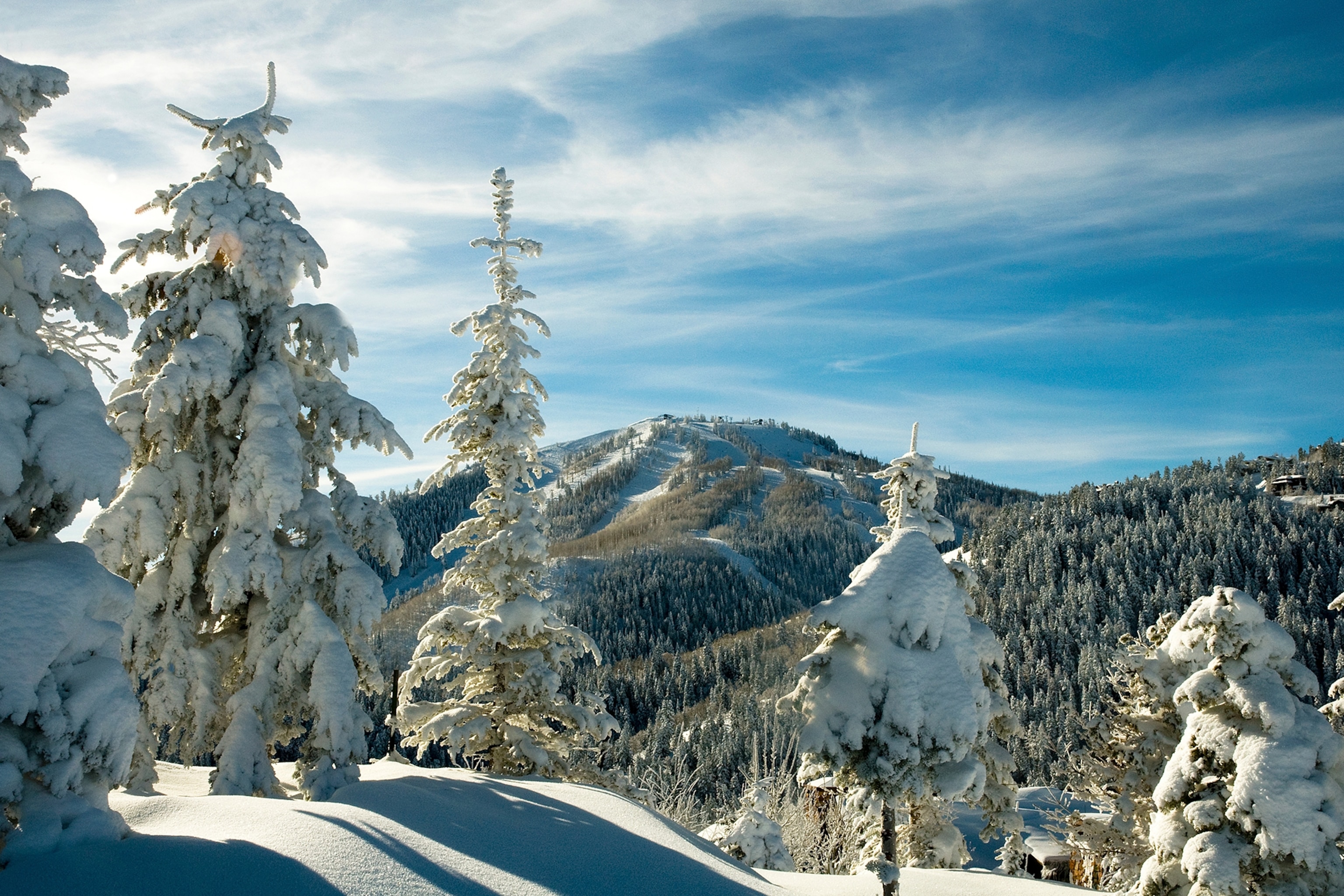
Park City, USA
Park City is another US resort with a big local market from Salt Lake City, and it encourages carpooling through a preferential parking system, aimed at Utah skiers. But its most exciting sustainable development in recent years has been the opening of the big Elektron solar farm, from which it now purchases all its electric power. (Deer Valley, next door, gets 80% of its electricity from the same source — and this season unveils new terrain that represents the largest US ski resort expansion in 50 years). Even more importantly, the cute former mining town at the base of Park City’s lifts, which shares the same name, is aiming to get all its electric power from renewable sources by 2030.
Saas-Fee, Switzerland
Small and remote, Saas-Fee is another resort that relies heavily on hydroelectricity. It supplies the town’s needs entirely and most of the electricity for its lift company, too. Almost as impressive is its geothermal community heating project. Currently, its 95 geothermal probes supply heat to the Aqua Allalin youth hostel, the Walliserhof Grand-Hotel & Spa, The Capra hotel and the town’s community centre; and the plan is to extend it to 200 homes. The town itself is car free; visitors must leave their vehicles in a multi-storey carpark and walk or use the electric buses that serve the district. But they’ll be doing the environment a much bigger favour if they leave their cars at home instead and take the train to Visp (with direct services from the likes of Paris and Geneva) before catching a Postbus up to Saas-Fee. After all, Switzerland’s railways, like Austria’s, run entirely on renewables.
